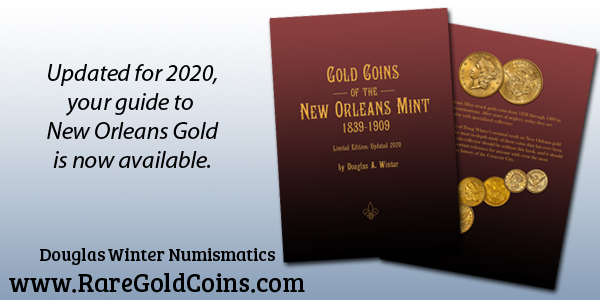
PREV ARTICLE
NEXT ARTICLE
FULL ISSUE
PREV FULL ISSUE
THE COINAGE OF KING STEPHENA new online exhibit at the Hunterian museum in Glasgow highlights the coinage of King Stephen's reign. -Editor Medieval English kings fiercely preserved their monopoly of the coinage. Coins were crucial to the economy, but also important symbols of royal power. If a monarch couldn't control the name and image that appeared on coins, what would that say about their authority, and those who usurped royal rights? Control of the coinage famously broke down during the ‘Anarchy': a civil war between King Stephen (r. 1135-1154) and the Empress Matilda. Alongside Stephen's issues, Matilda also struck coins, as did individual barons, who may have been taking advantage of the absence of royal authority to build their own autonomous power blocs. Here too we find the first King of Scotland to mint coins, David I. Coins can sometimes be ignored by historians, but their importance in how we understand the past is very clear from the ‘Anarchy'. Not only does coinage represent the breakdown of power and authority during this period, the variety of issues tell us a considerable amount about its history, how the spectrum of actors thought of themselves and crucially, how they wanted to be seen by others. William Hunter's numismatic collection is one of his greatest legacies, with an important series of coins from the ‘Anarchy'. This is the first time that these rare coins have been on display together. ‘Anarchy' has been used to describe the reign of King Stephen of England since the 19th century. Between 1138 and 1154, the country was ravaged by a civil war in which contemporary chroniclers report the general population suffered terribly. According to the Anglo-Saxon Chronicle, so hopeless were people that they said that ‘Christ and his angels slept'. Stephen issued seven ‘types' of pennies through his reign. Only two of them, types 1 and 7, issued at the beginning and end of his reign, before and after the civil war, were struck by moneyers working in towns across his realm. Henry II's early coins were also issued by mints across the country and were very similar to Stephen's. This illustrates the commitment to the restoration of royal authority after the civil war, and, together with coins of Henry I, the continuity of royal government. Types 2 to 6 of Stephen's pennies were struck mostly in the south-east, the only region where his government retained control throughout the civil war. Elsewhere, other mints continued to issue type 1 pennies, which historians have often interpreted as representing residual local loyalty to Stephen and a commitment to maintaining the structures of his kingdom. Non-standard coins of the king were also issued, possibly by moneyers suggesting how power was really working in the kingdom, or perhaps because Stephen and his government wanted to convey particular messages to the population.
To read the complete article, see:
Wayne Homren, Editor The Numismatic Bibliomania Society is a non-profit organization promoting numismatic literature. See our web site at coinbooks.org. To submit items for publication in The E-Sylum, write to the Editor at this address: whomren@gmail.com To subscribe go to: https://my.binhost.com/lists/listinfo/esylum All Rights Reserved. NBS Home Page Contact the NBS webmaster 
|

